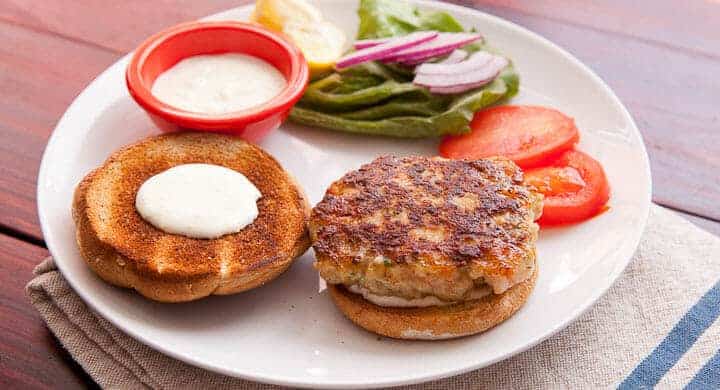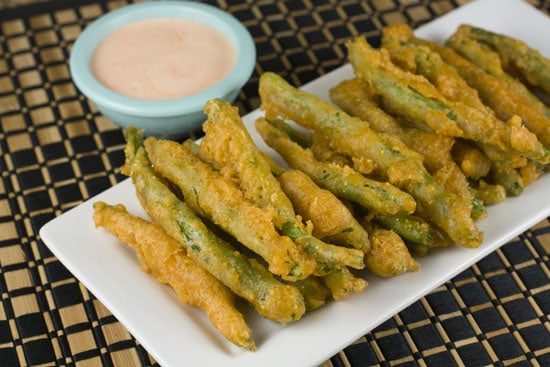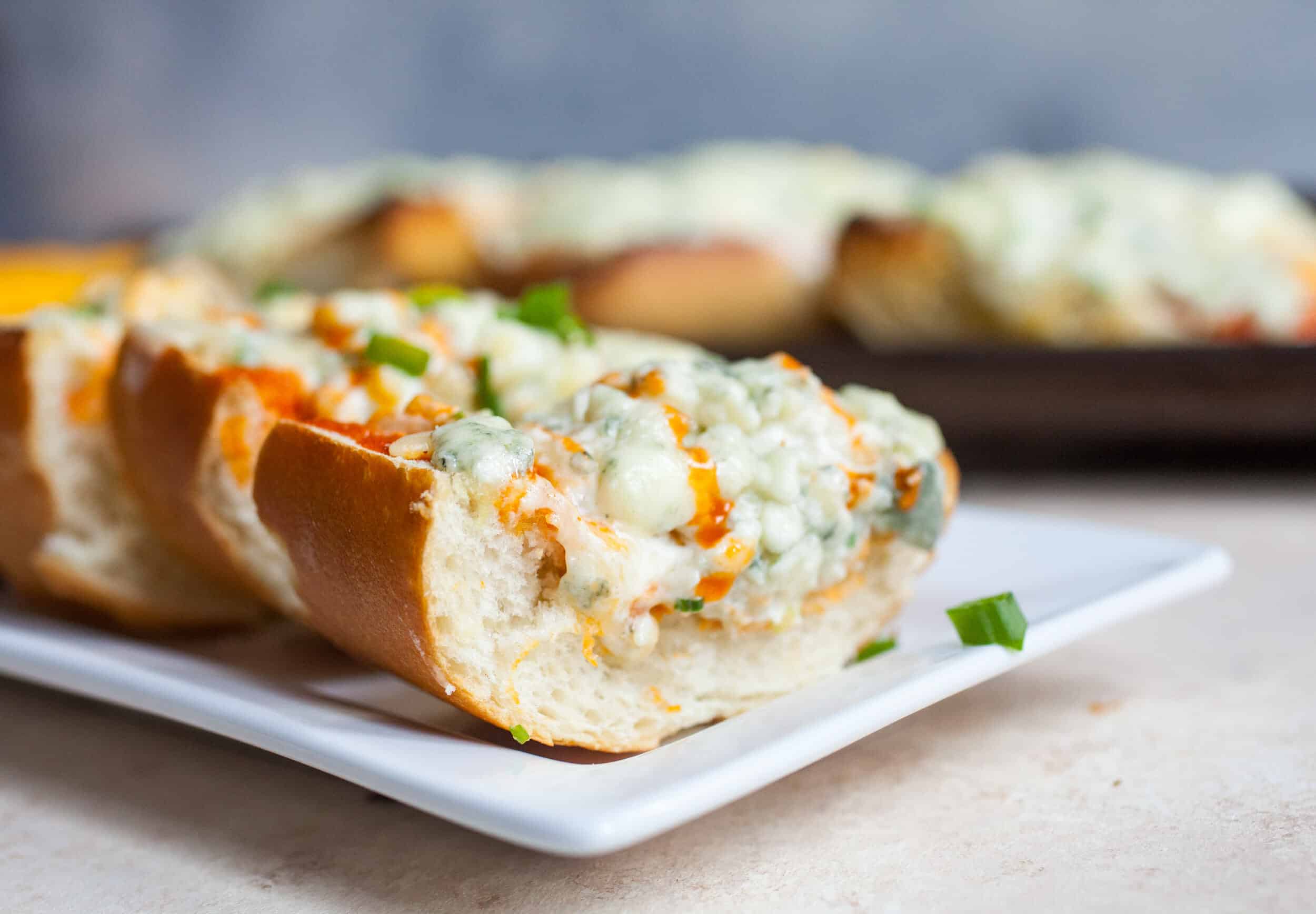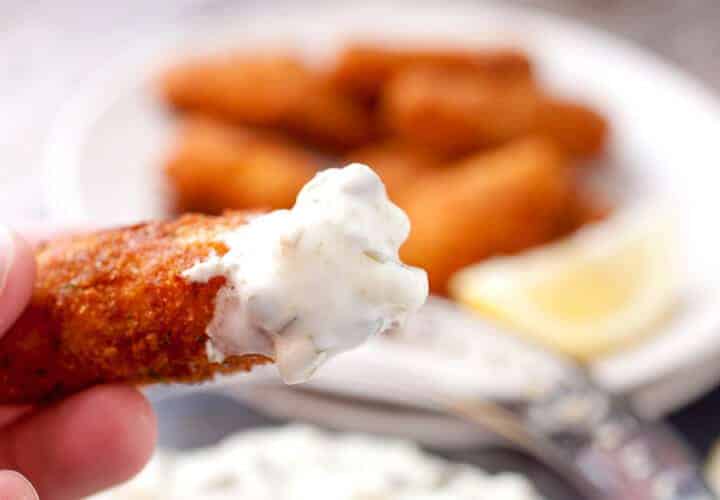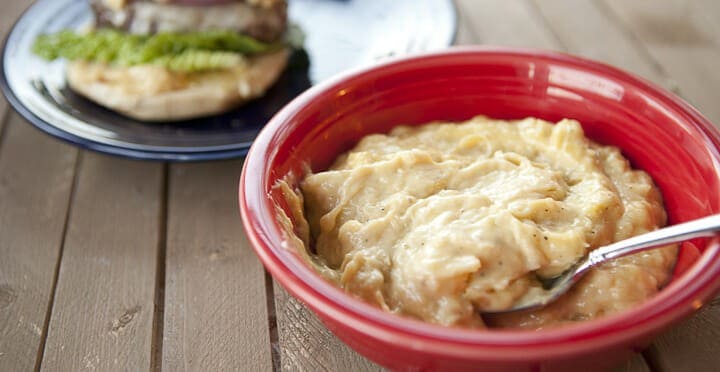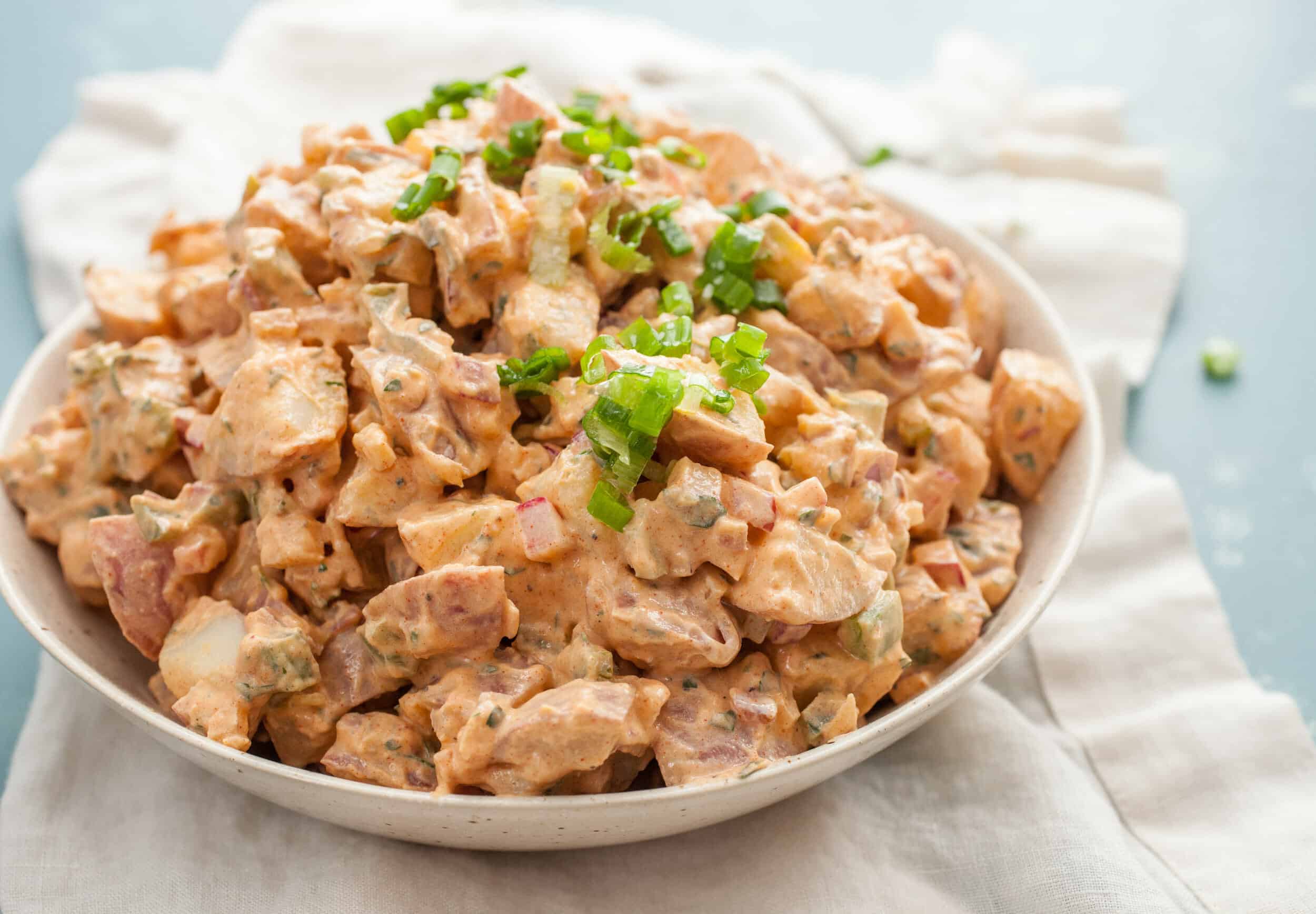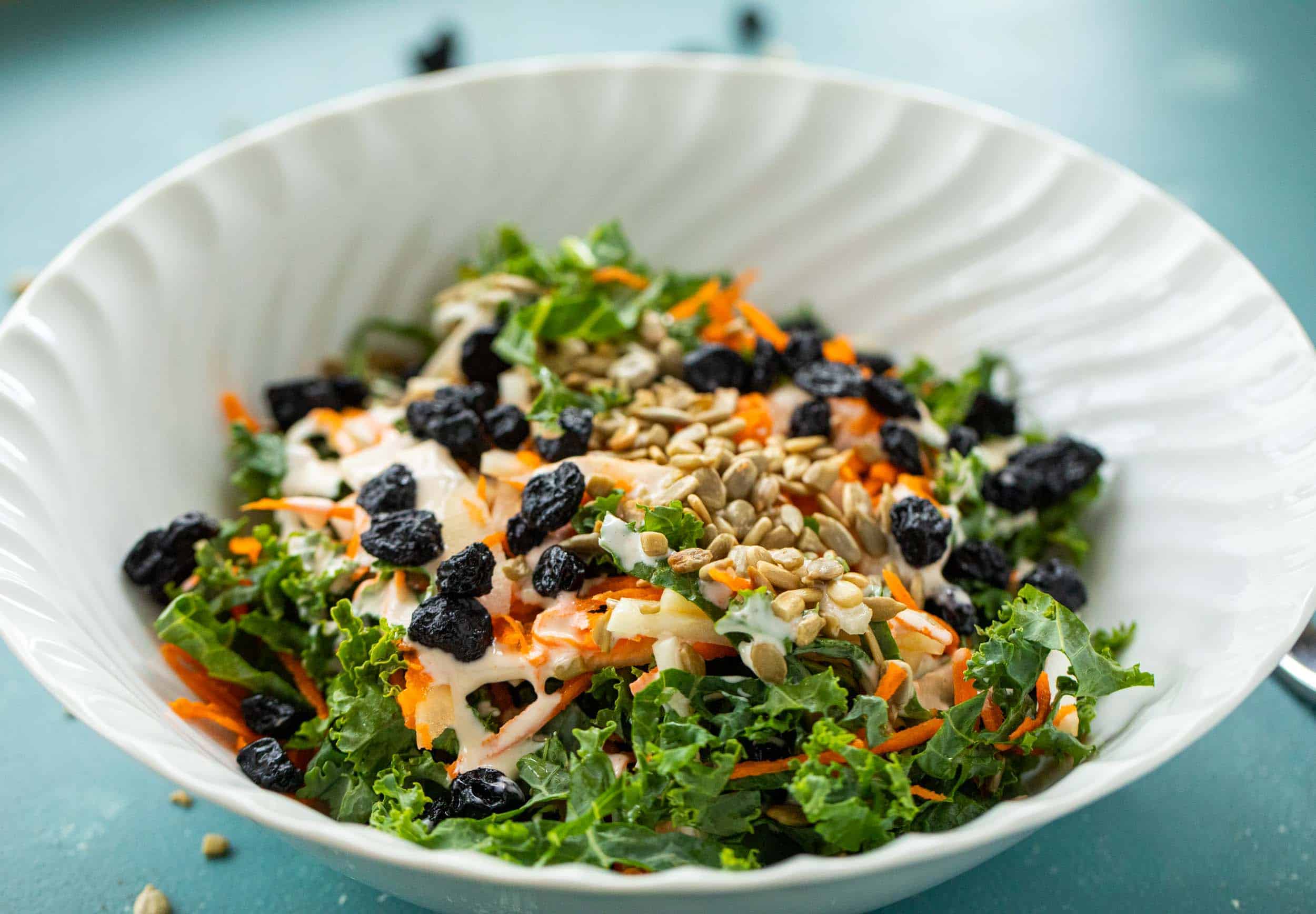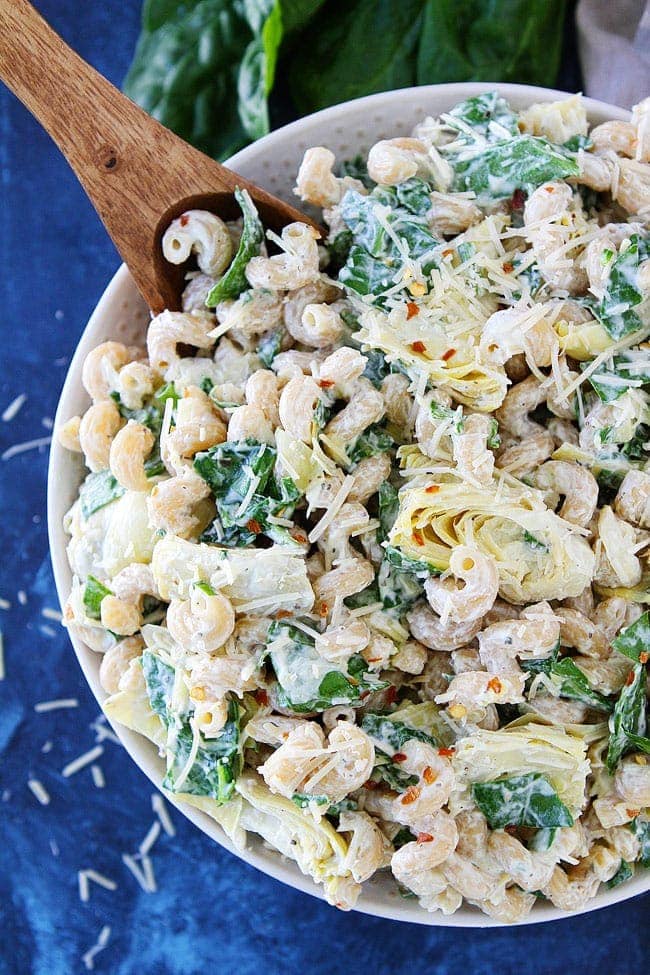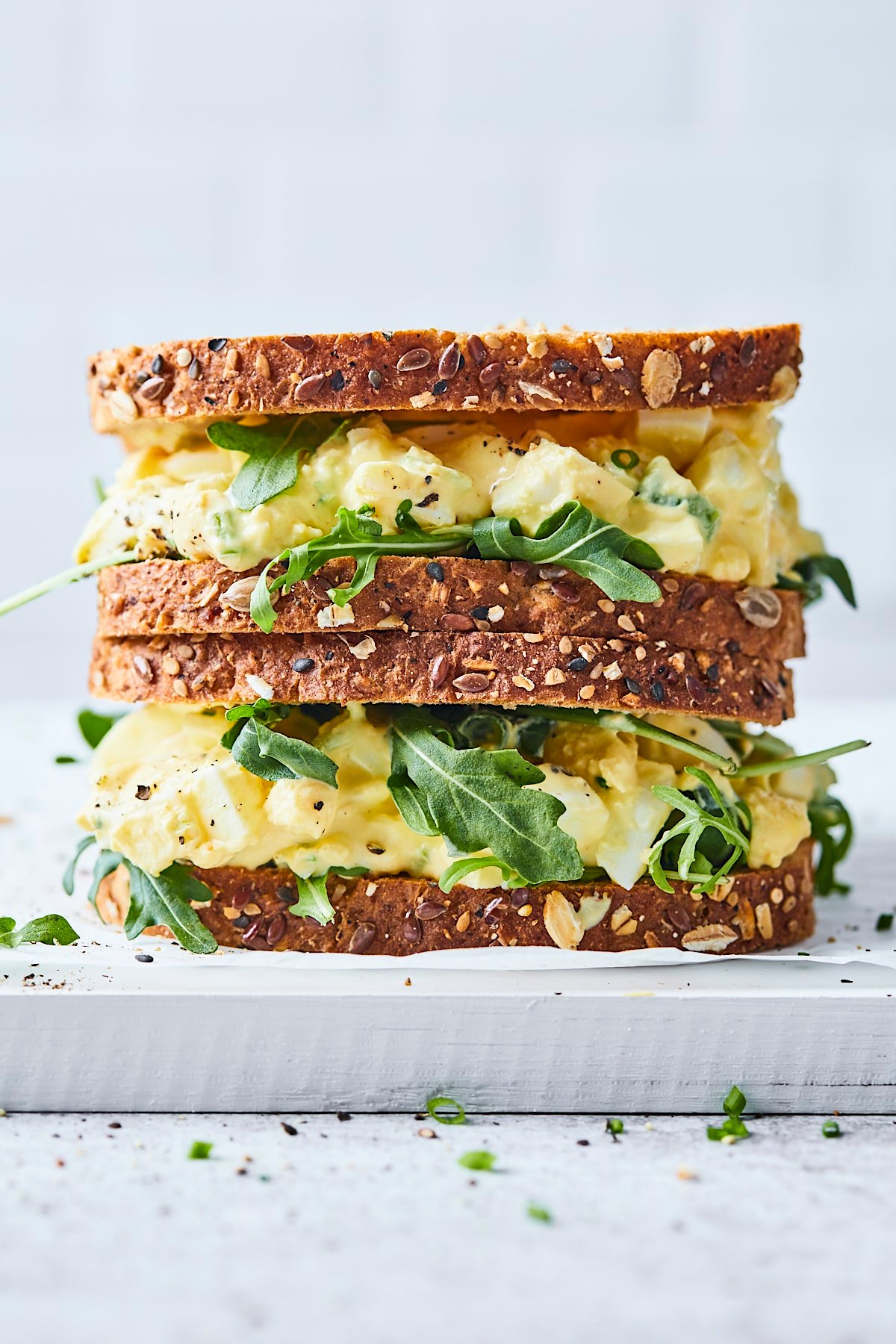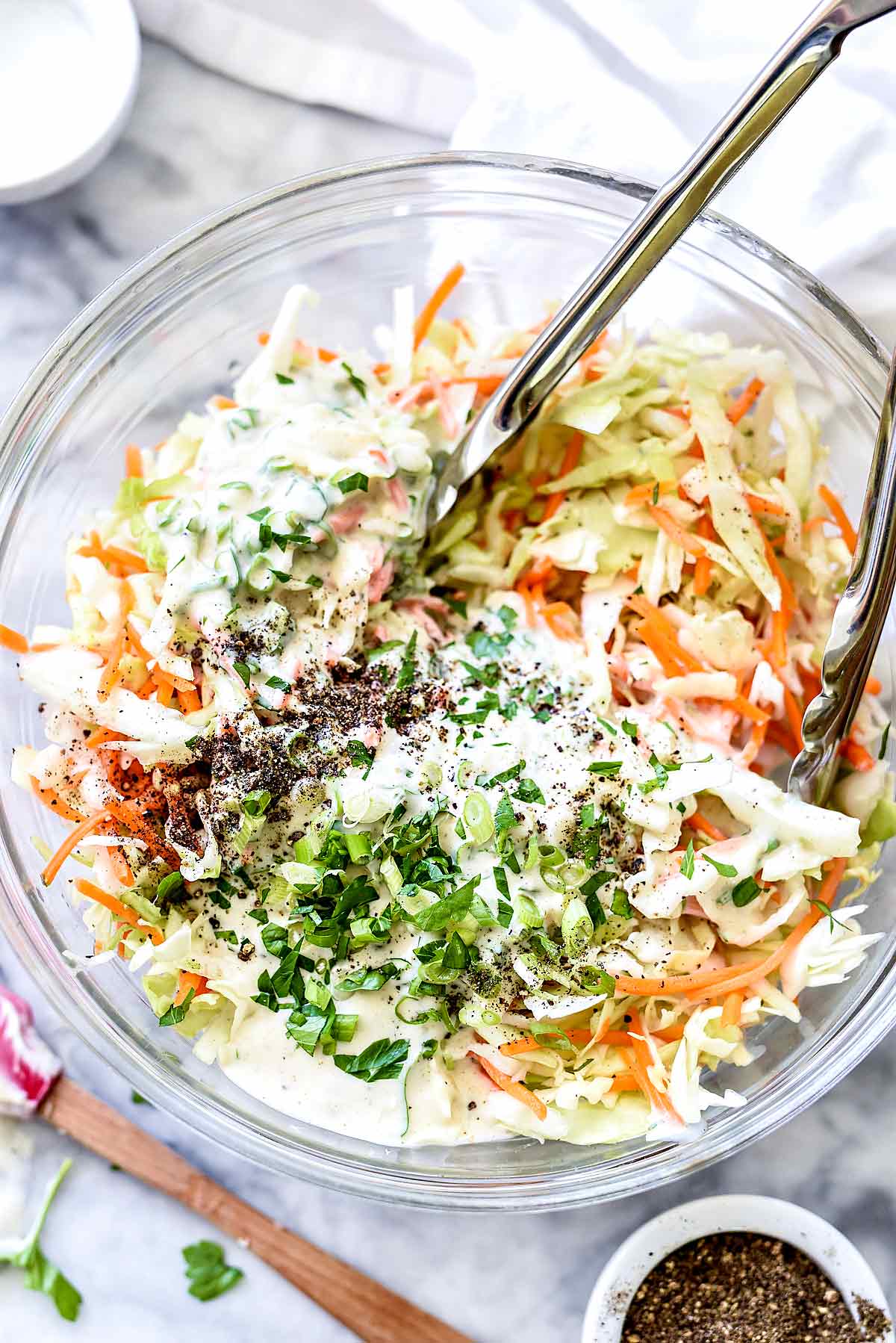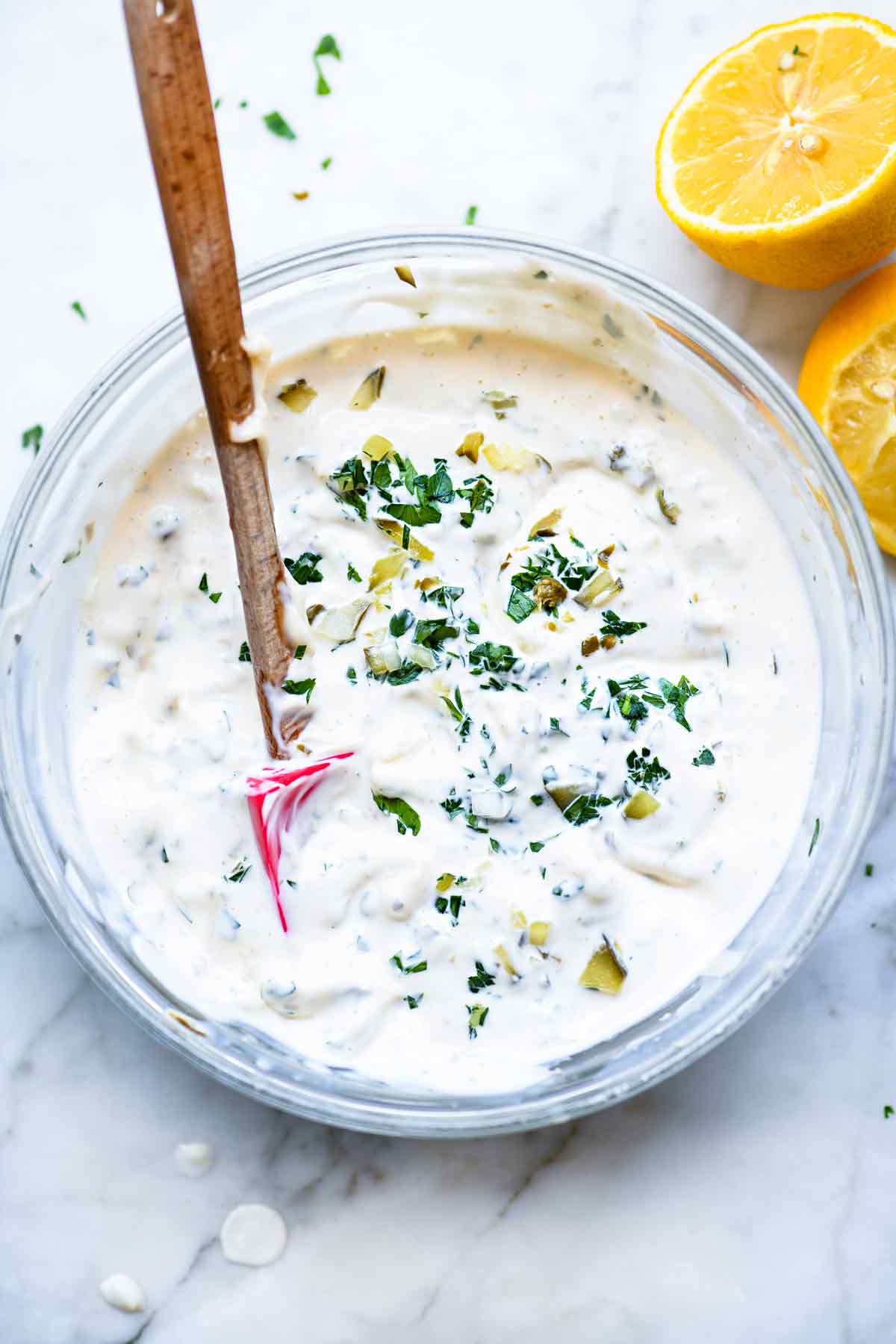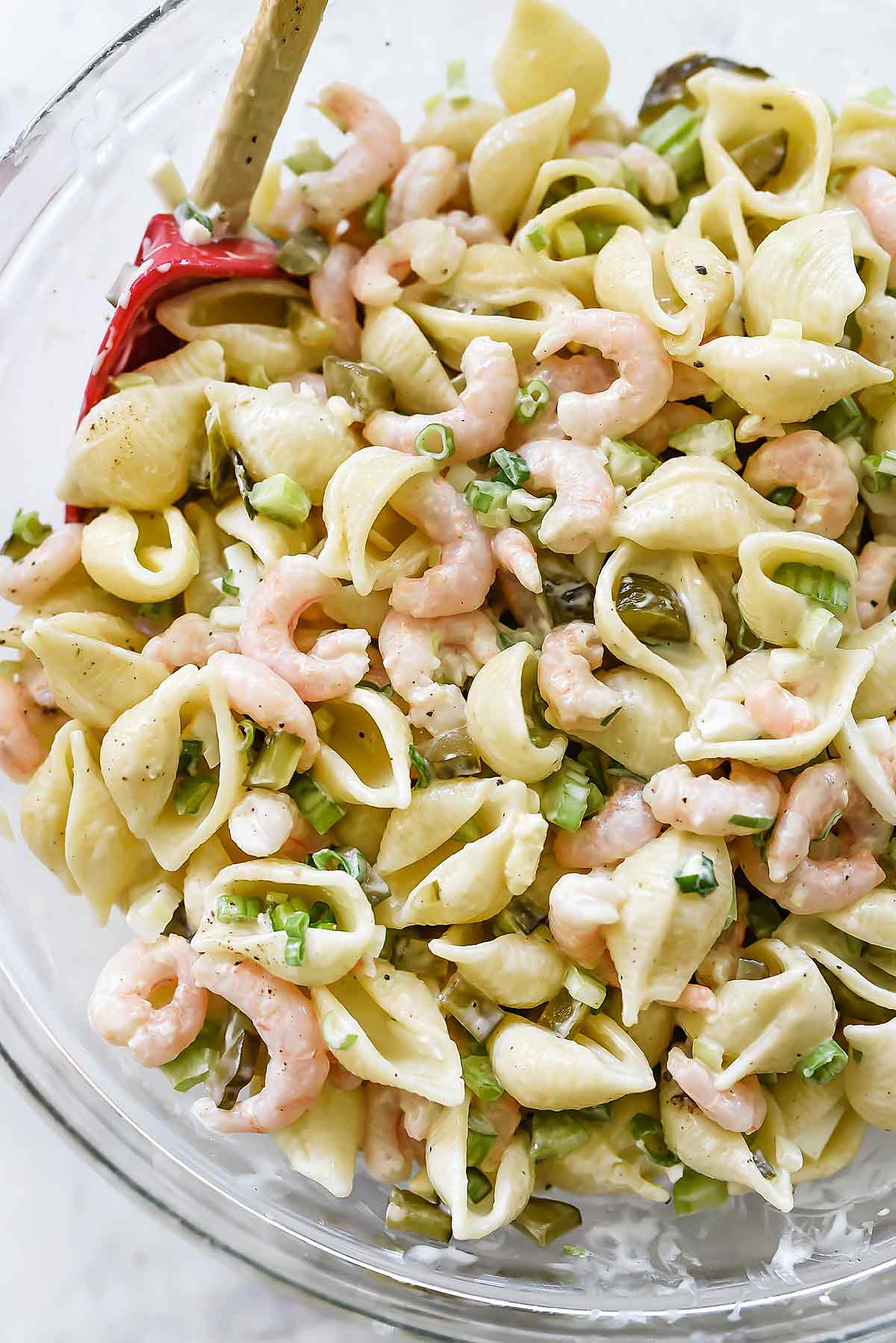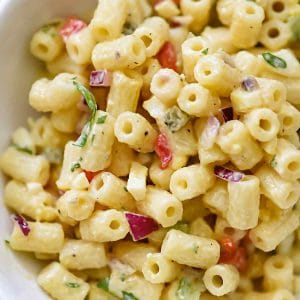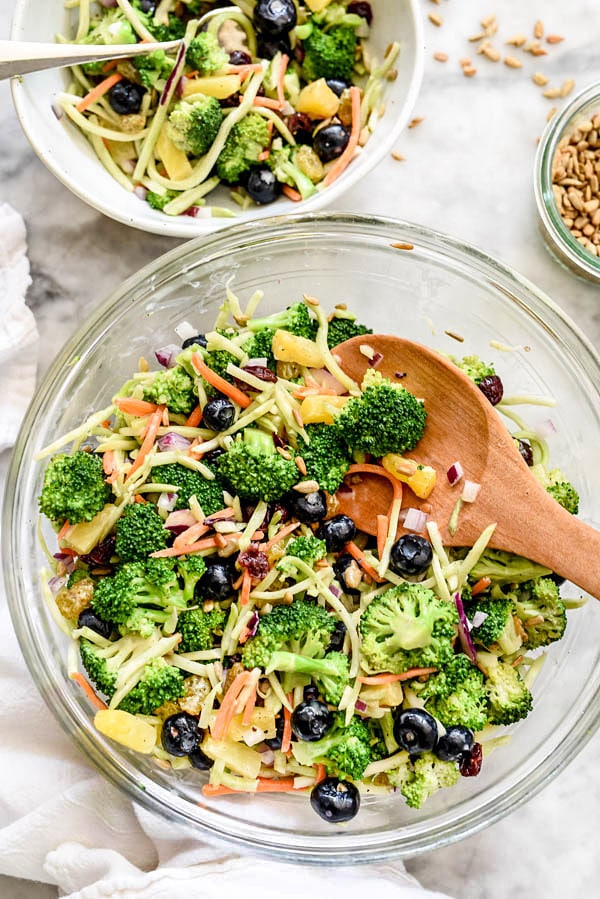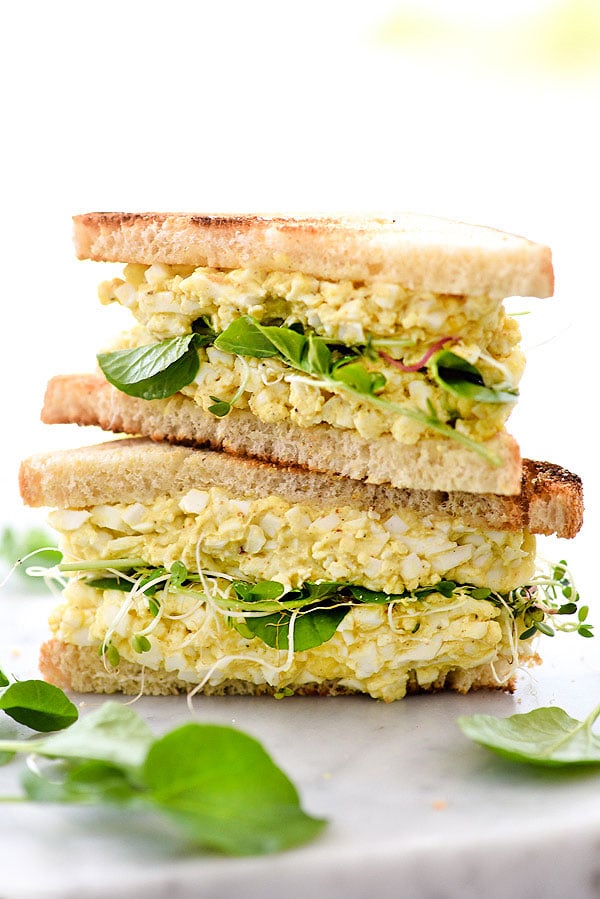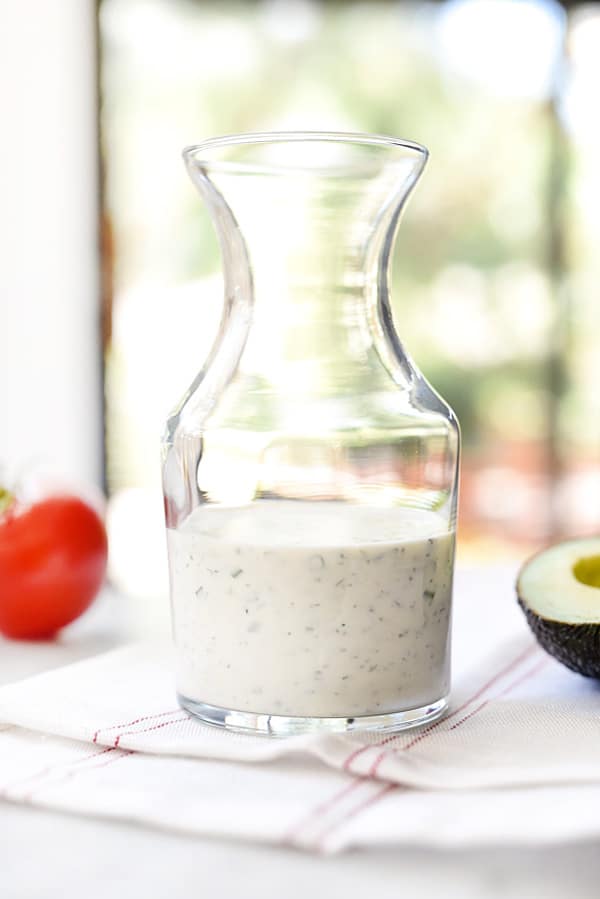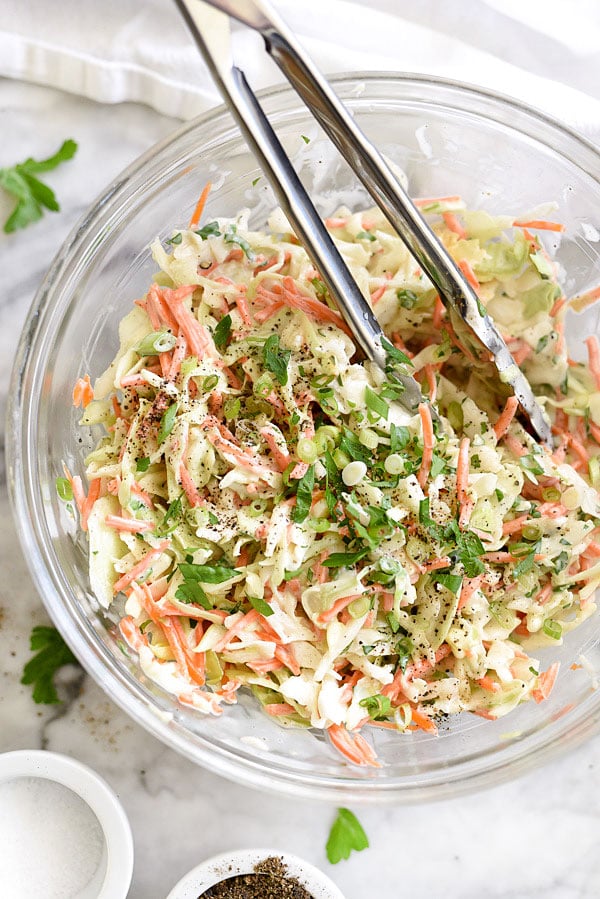Mayonnaise: Important Facts, Health Benefits, and Recipes
Explore the history, health benefits, and culinary uses of mayonnaise in our ultimate guide, and discover new ways to enjoy this versatile condiment.
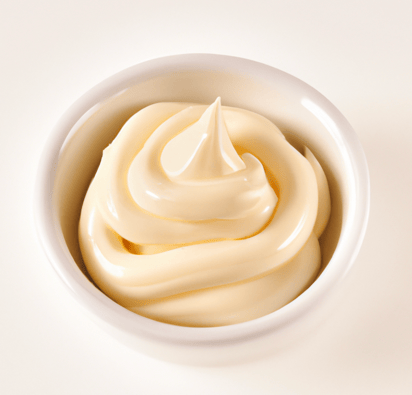
Nutritional Facts
1 tbsp
Amount per serving
Calories
93.8
Carbohydrates
0.1 g
Fat
10.3 g
Protein
0.1 g
Saturated Fat
1.6 g
Sodium
87.6 mg
Fiber
0 g
Sugar
0.1 g
Best Mayonnaise Recipes
-

-
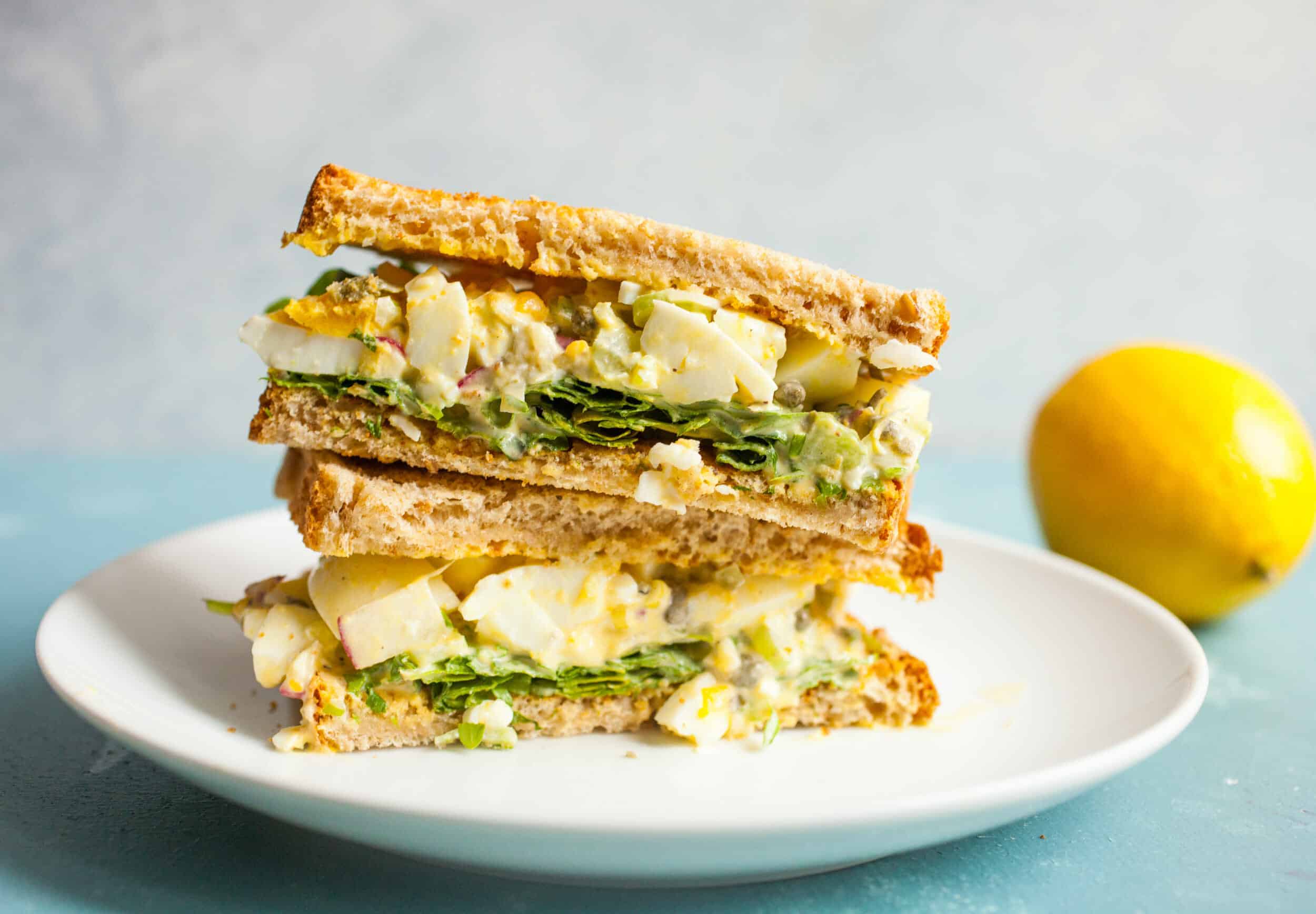
-
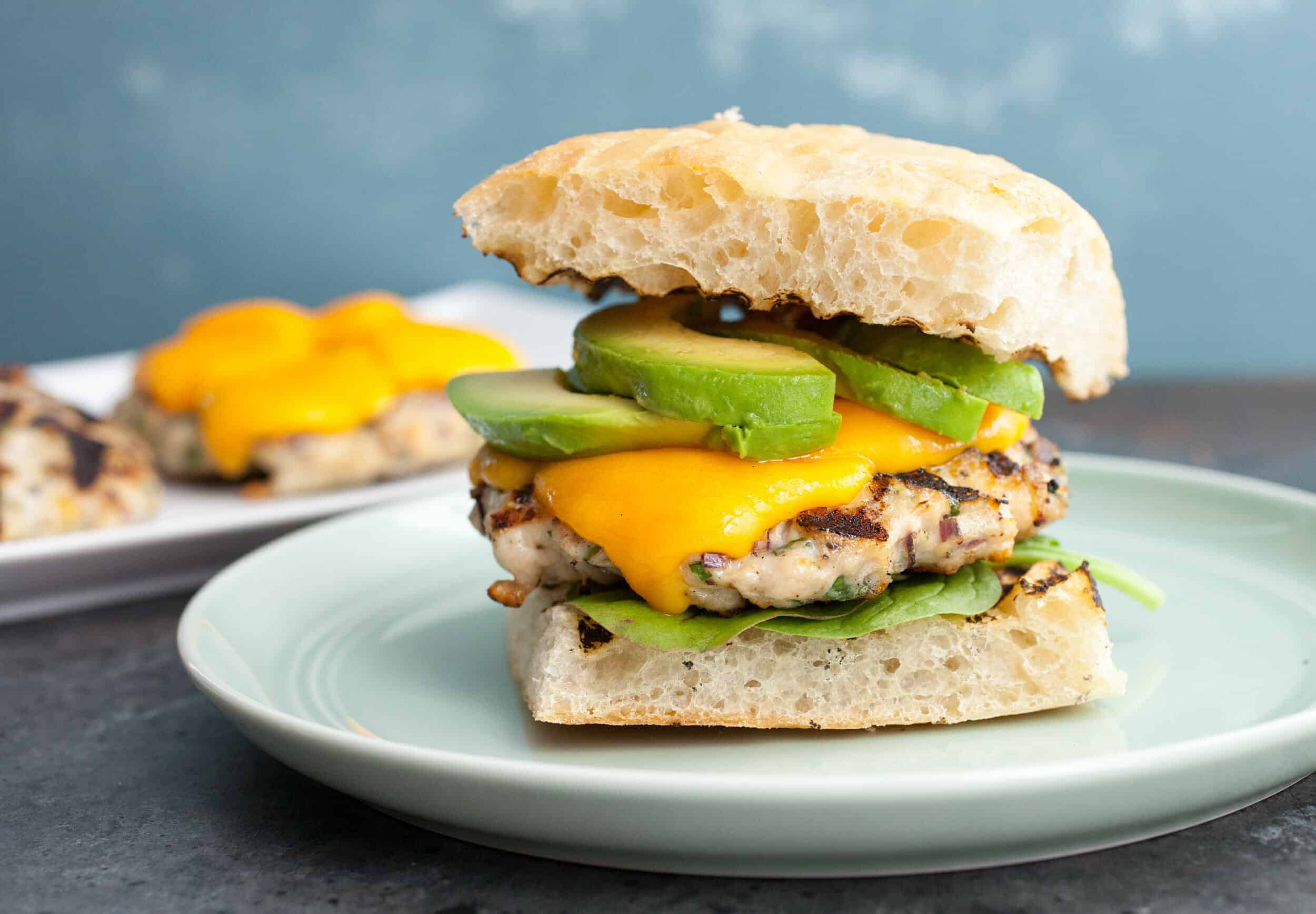
-
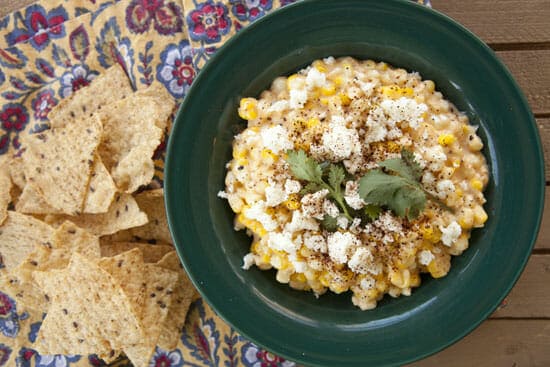
-

-
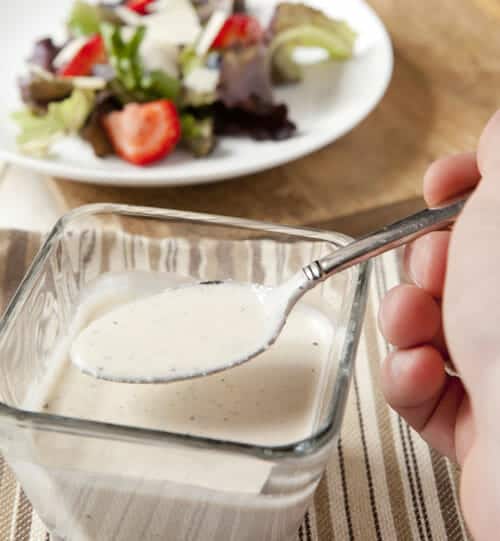
-
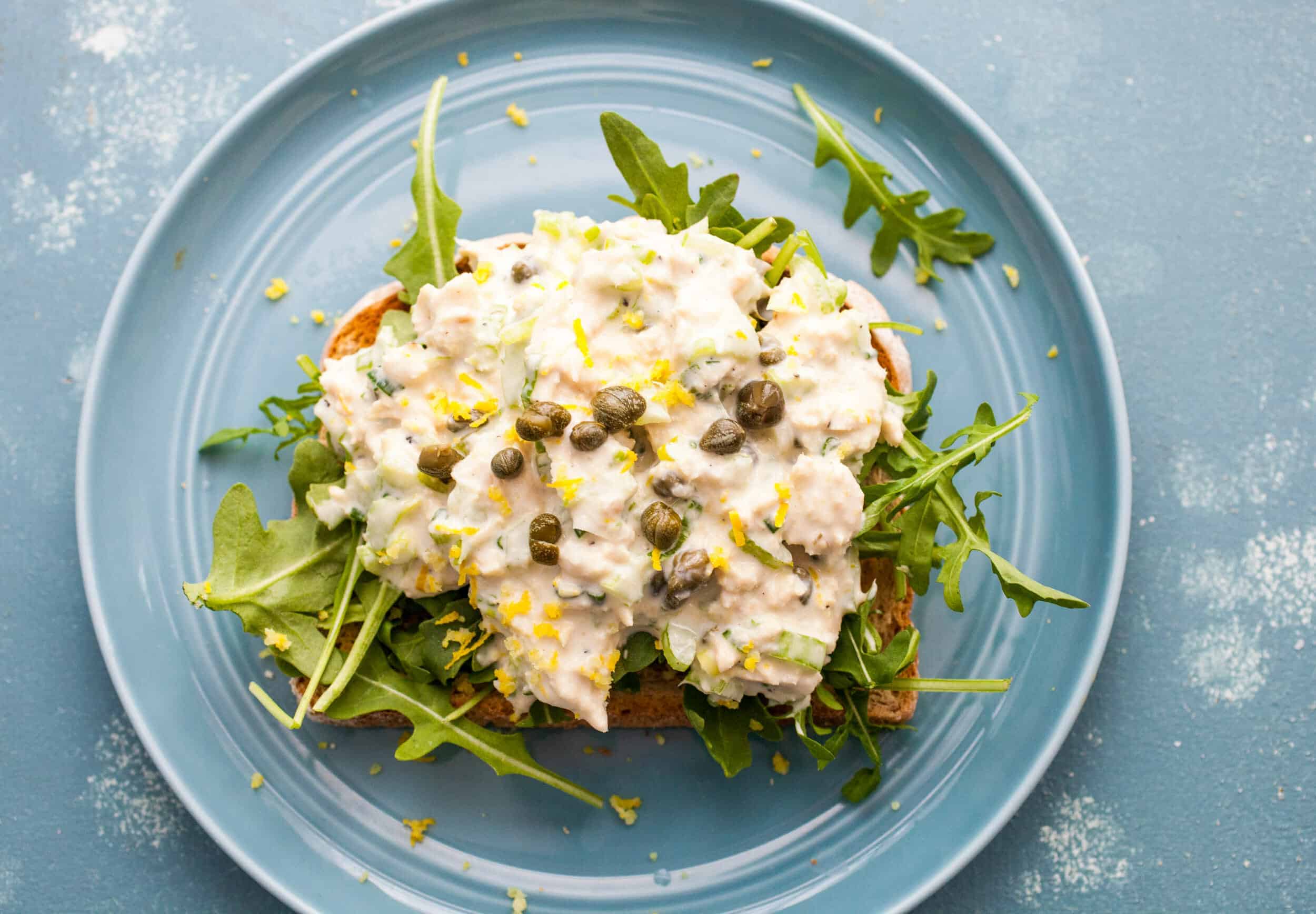
-
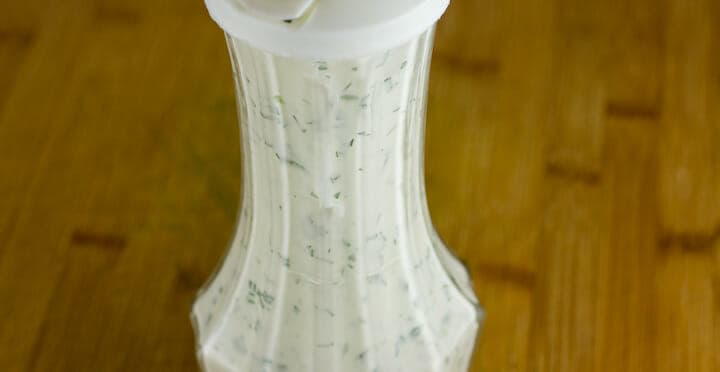
-
![Bite-Sized Blooming Onions Image]()
-
![Charred Scallion & Bacon Macaroni Salad Image]()
-
![Homemade Shrimp Burgers Image]()
-
![Fried Green Beans Image]()
-
![Spinach Artichoke Cups Image]()
-
![Grilled Cheese Club Sandwich Image]()
-
![Roasted Jalapeno Tater Salad Image]()
-
![Buffalo Bread Image]()
-
![Curry Egg Salad Image]()
-
![Peri Peri Chicken Image]()
-
![Classic Monte Cristo Sandwich Image]()
-
![Korean Steak Sandwiches Image]()
-
![Easy Homemade Tartar Sauce Image]()
-
![Homemade Donkey Sauce Image]()
-
![Red Bliss Potato Salad Image]()
-
![Creamy Kale Slaw with Blueberries and Seeds Image]()
-
![Cobb Salad Sandwich Image]()
-
![Spinach Artichoke Pasta Salad Image]()
-
![Turkey Havarti Bagel Sandwich Image]()
-
![Sandwich on a Stick Image]()
-
![Egg Salad Image]()
-
![Coleslaw Dressing Image]()
-
![Homemade Tartar Sauce Image]()
-
![BLT Pasta Salad with Avocado Image]()
-
![Healthy-ish Fried Fish Sandwich Image]()
-
![Creamy Tuscan Pasta Salad Image]()
-
![Bacon Double Cheddar Cheeseburger with Caramelized Onions Image]()
-
![Classic Shrimp Pasta Salad Image]()
-
![How to Make Classic Macaroni Salad Image]()
-
![Korean BBQ Burgers 3 Ways with Spicy Asian Slaw Image]()
-
![Salmon Cakes with Roasted Red Pepper Cream Sauce Image]()
-
![Korean Beef Bulgogi Bowls Recipe Image]()
-
![How to Make the Best Broccoli Salad Image]()
-
![Macaroni Salad with Smoked Mozzarella and Proscuitto Image]()
-
![Curried Egg Salad Sandwich Recipe Image]()
-
![My Favorite Reuben Sandwich Recipe Image]()
-
![Buffalo Chicken Drumsticks with Blue Cheese Dressing Image]()
-
![Homemade Ranch Dressing Image]()
-
![How to Make the Best Creamy Coleslaw Image]()
-
![Ham Salad Sandwiches Image]()




